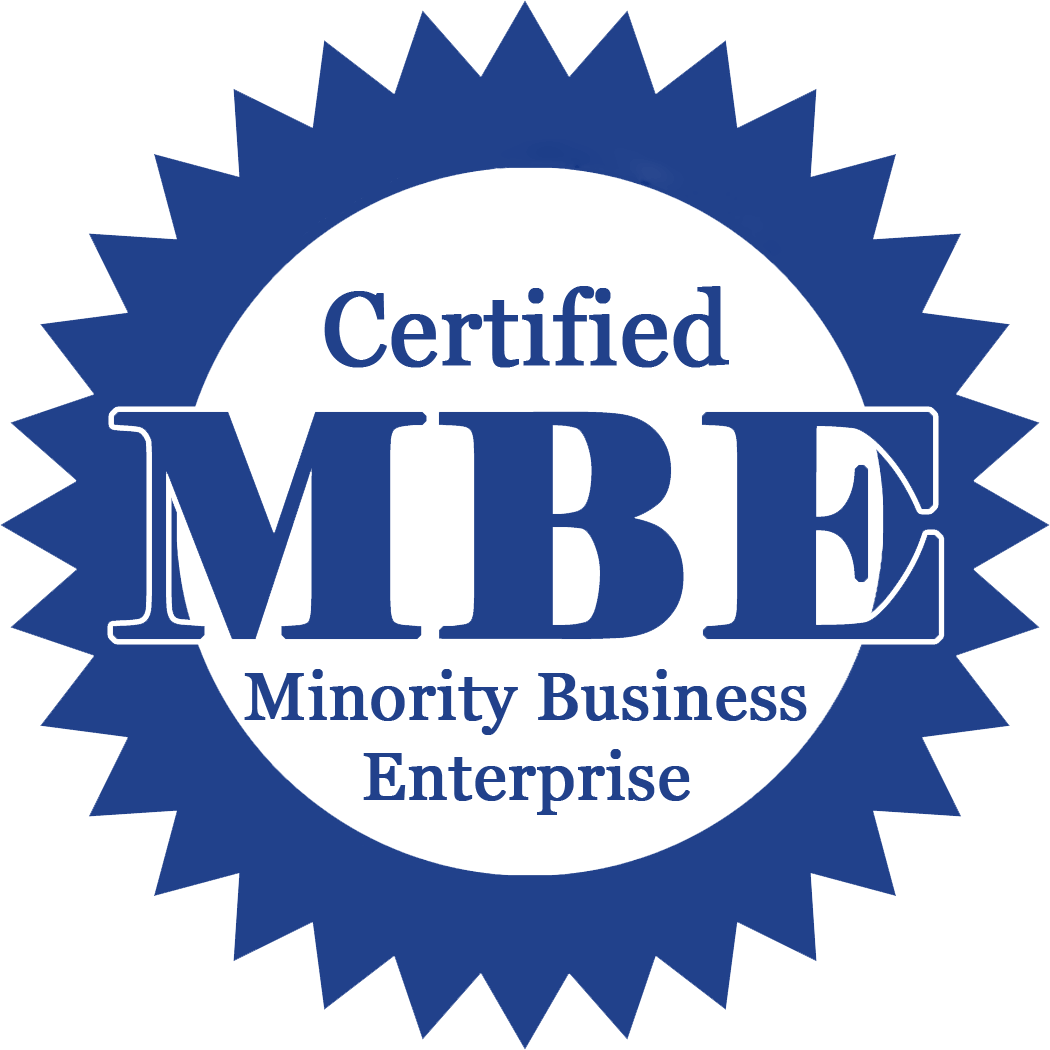This paper investigates the antecedents of the concept timing in the context of the succession of an entrepreneur that leads to a next organization lifecycle within the Small Medium Enterprise (SME) context. The models of organization lifecycles (e.g. Churchill and lewis, 1983; Greiner 1972) typically ignore issues of succession (Morris et al., 1996) In order to investigate this, the concepts used above should be clarified and defined. First there is the question; does the succession of an entrepreneur leads to a next lifecycle? Then, if it does, the second question, what are the antecedents that influence the concept timing. In other words what are the variables that should be monitored in order to know whether a successful succession could be made? In this case, successful means that the organization enters a next lifecycle phase after the successor controls the organization. According to Dyck et al. (2002) it appears that circumstances and events that contribute to a successful executive succession may also compromise a firm�s performance. This paper focuses on SME�s (maximum of 250 employees @@@) In short, this thesis consists of two parts; the first part focuses on the effect the succession has got on the organization lifecycle, taking into account the profile of the successor. This part is written by Maarten Moen. The second part of the thesis focuses on the timing/moment an entrepreneur should be thinking about succession which is written by Bart Zuidgeest.
Survey Software Easy to use and accessible for everyone. Design, send and analyze online surveys.
Research Suite A suite of enterprise-grade research tools for market research professionals.
Customer Experience Experiences change the world. Deliver the best with our CX management software.
Employee Experience Create the best employee experience and act on real-time data from end to end.




